June 18, 2025 | 06:34 GMT +7
June 18, 2025 | 06:34 GMT +7
Hotline: 0913.378.918
June 18, 2025 | 06:34 GMT +7
Hotline: 0913.378.918
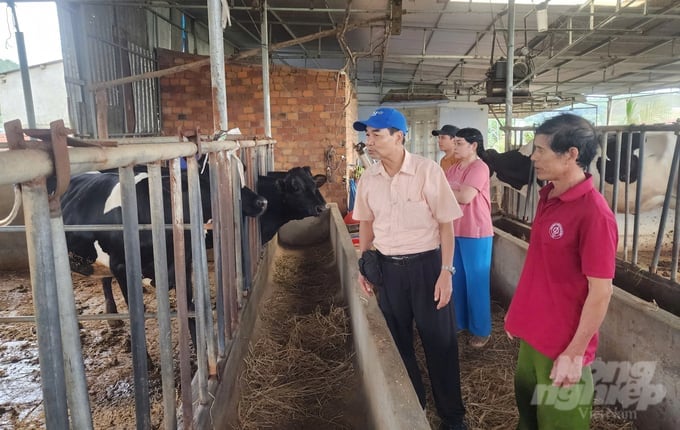
After applying the treatment regimen for diarrhea in dairy cows in Lam Dong, the outbreak has now been largely controlled. Photo: PC.
On August 15, in an interview with Vietnam Agriculture News, Dr Hoang Xuan Nghinh, Deputy Director of the TH Dairy Cow Research Institute, shared that after implementing the first-phase regimen to treat the diarrhea outbreak in dairy cows in Don Duong and Duc Trong districts (Lam Dong province), the situation has shown positive progress and is gradually being brought under control. This demonstrates the effectiveness of the treatment regimen.
Dr Nghinh mentioned that after the first regimen was issued and deployed, support teams visited local households to guide the treatment, holding daily meetings to review and learn from each new or recurring case.
"In the second phase, when diarrhea recurred and was possibly combined with pneumonia, it was often due to care and feeding practices or the specific characteristics of the cow, leading to rumen acidosis.
For rumen acidosis without concurrent pneumonia and without fever symptoms, we introduced an additional regimen using sodium bicarbonate, a buffer to neutralize the rumen acid, which quickly reduced diarrhea symptoms," Dr Hoang Xuan Nghinh explained. He added that in cases where dairy cows exhibited diarrhea, fever, and pneumonia, antibiotics were used to control pneumonia, reduce diarrhea, and interrupt the disease mechanism.
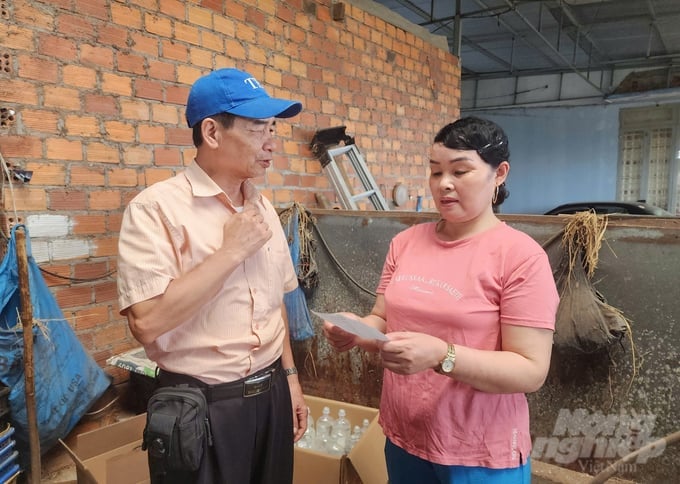
Dr Hoang Xuan Nghinh, Deputy Director of TH Dairy Cow Research Institute, visits and guides the residents of Hiep Thanh Commune, Duc Trong District, in treating diarrhea in dairy cows. Photo: PC.
Regarding the potential for the diarrhea outbreak among dairy cows to spread and for effective prevention and control measures, Dr Nghinh emphasized that for diseases caused by viruses or bacteria, if proper biosecurity measures are not in place, there is a definite risk of transmission, even for non-infectious diseases.
“Common diseases caused by viruses or bacteria with low biosecurity standards can spread, though the speed of transmission depends on the nature of the virus or bacteria causing the disease.
Therefore, with this disease involving both viral and bacterial causes, we must implement high-level biosecurity measures as recommended in the treatment regimen. The most crucial factor is biosecurity because, without proper measures, the disease could spread to other areas”, Dr Nghinh stated.
As for the cause of the disease, Dr Nghinh shared that laboratory results indicated the dairy cows were infected with a virus that causes diarrhea. This virus, even in healthy cows, can cause disease, though under normal conditions without vaccination, it may not cause illness or only result in mild symptoms.
“After administering any vaccine (including the lumpy skin disease vaccine), the cow's immune system responds, and during this time, the cow may experience fatigue and mild fever. Thus, while the administration of the lumpy skin disease vaccine and the occurrence of diarrhea in dairy cows have yet to be definitively linked, I believe the lumpy skin disease vaccine is not the primary cause of this diarrhea outbreak. The final conclusion on the origin will be made by specialized veterinary authorities and diagnostic centres”, Dr. Nghinh explained.
According to Dr Nghinh, in treating diseases in cattle or livestock, the care provided plays a significant role, contributing up to 50% of the treatment's effectiveness.
Although active measures such as antibiotics, IV fluids, supportive therapies, and supplements have been applied, veterinary authorities still advise that during the period when the cows are sick and not eating, including avoiding grass and concentrated feed, the focus should be on providing them with green roughage. Ideally, they should be fed straw, hay, or other feeds that support diarrhea treatment while minimizing concentrated feeds.
Moreover, during the recovery phase, veterinary authorities also provide recommendations to livestock households. Firstly, when cows start eating again and milk production begins to increase in those recovering or in the acute phase that has been controlled, households should focus on maximizing feed intake in conjunction with supportive therapies from veterinary teams.
“It is necessary to administer hypertonic glucose solution to immediately supply energy to the cow. Currently, the regimen we are applying includes a minimum of two bottles of 30% hypertonic glucose solution (500 ml each) per day for each cow. This supplies 300 grams of sugar into the cow's bloodstream, stimulating the digestive system to resume activity and encouraging the cow to eat again”, Dr Nghinh explained.
For cows that have resumed eating, veterinary authorities also recommend that farmers allow the cows free access to green roughage. Concentrated or high-energy feeds should be gradually reintroduced, increasing the quantity step by step. If the cows are fed their pre-illness diet too quickly, diarrhea may reoccur.
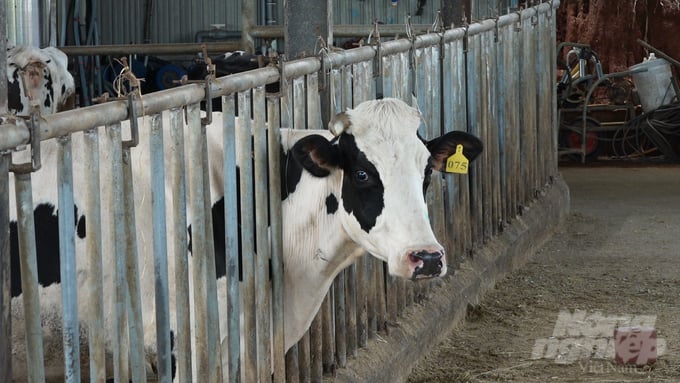
After applying the treatment regimen, the dairy cows of the farmers have gradually recovered. Photo: PC.
Meanwhile, for cows that have been lying down for an extended period due to weakness, veterinary authorities recommend that farmers take measures to help the cows stand up, such as using slings to lift them. Prolonged lying down, even with adequate feeding, can lead to bloating or paralysis of the rumen, which can be fatal if the cow experiences excessive gas buildup.
Therefore, during this period, proper care, nutrition, and management are extremely important. Once the cows have fully recovered, farmers can resume their previous husbandry practices.
Regarding the milk produced during this period, experts advise against using milk from sick cows, whether treated with antibiotics or not, for processing or consumption.
“In the near future, as milk production returns to normal and the cows regain their health, the decision on whether the milk can be accepted by purchasing companies will be made by those companies. This is because the quality of raw milk used for processing must meet certain standards, and it is the responsibility of the milk purchasing companies to ensure the quality, biosecurity, and food safety aspects”, Dr Nghinh explained.
Translated by Hoang Duy
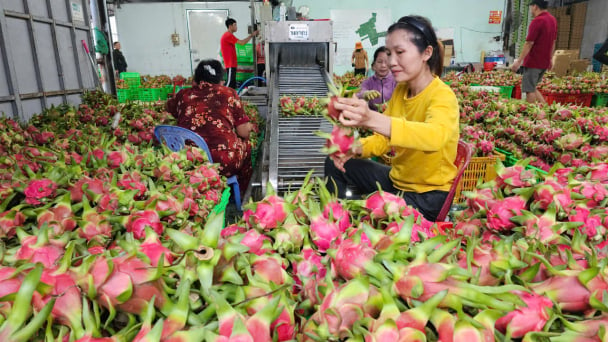
(VAN) According to the Binh Thuan Department of Industry and Trade, in the first five months of 2025, Binh Thuan's dragon fruit export turnover increased by 20.65% compared to the same period last year.
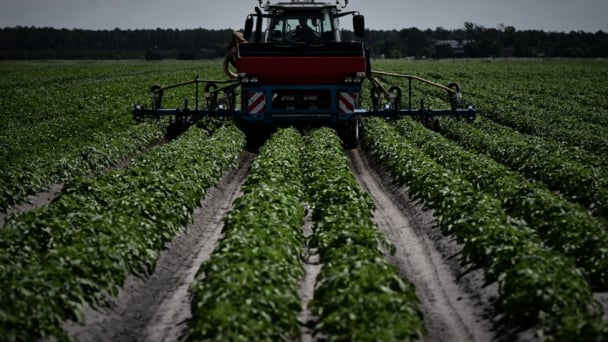
(VAN) EU countries on Thursday gave final approval to new tariffs on fertilizer imports from Russia, a move aimed at cutting off revenue that could support Moscow’s war in Ukraine, despite concerns from European farmers.

(VAN) The working delegation from the Ministry of Agriculture and Environment conducted an important trip to the Netherlands to strengthen strategic partnerships and sustainable development in the agricultural sector.

(VAN) The letter ‘A Plea from the Ocean’ not only evokes emotion but also awakens the human conscience to the responsibility of protecting life on Earth.

(VAN) The Department of Agriculture in South Africa has announced the country’s first mass vaccination of poultry to prevent local birds from contracting avian influenza.

(VAN) Establishment of the Mekong Delta Regional Agricultural Linkage Center, aiming for a closed value chain, deep processing, trading platforms, and international market connectivity.

(VAN) Gia Lai province has recently recorded 460 rare species of animals and plants, contributing to forest conservation and biodiversity planning in the region.